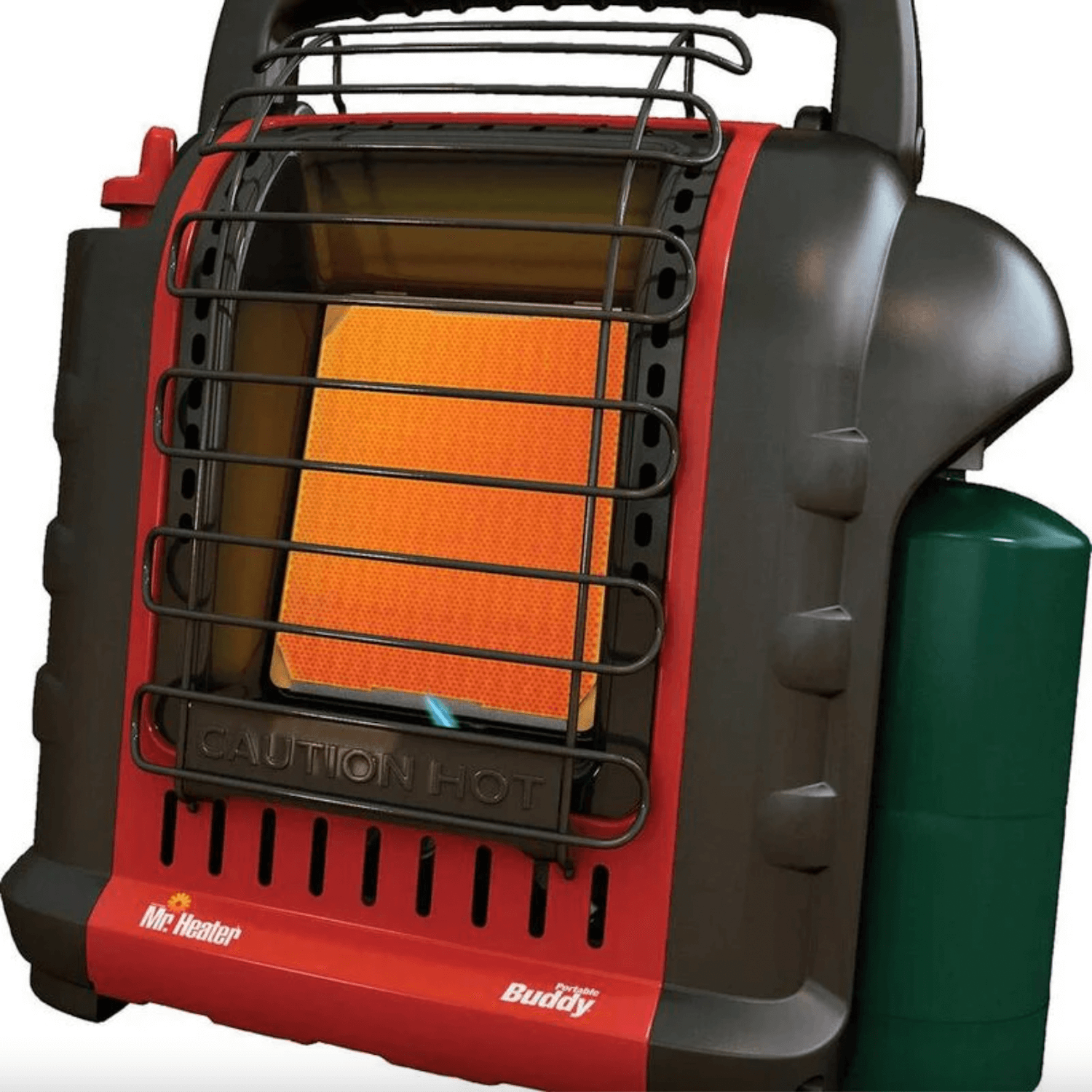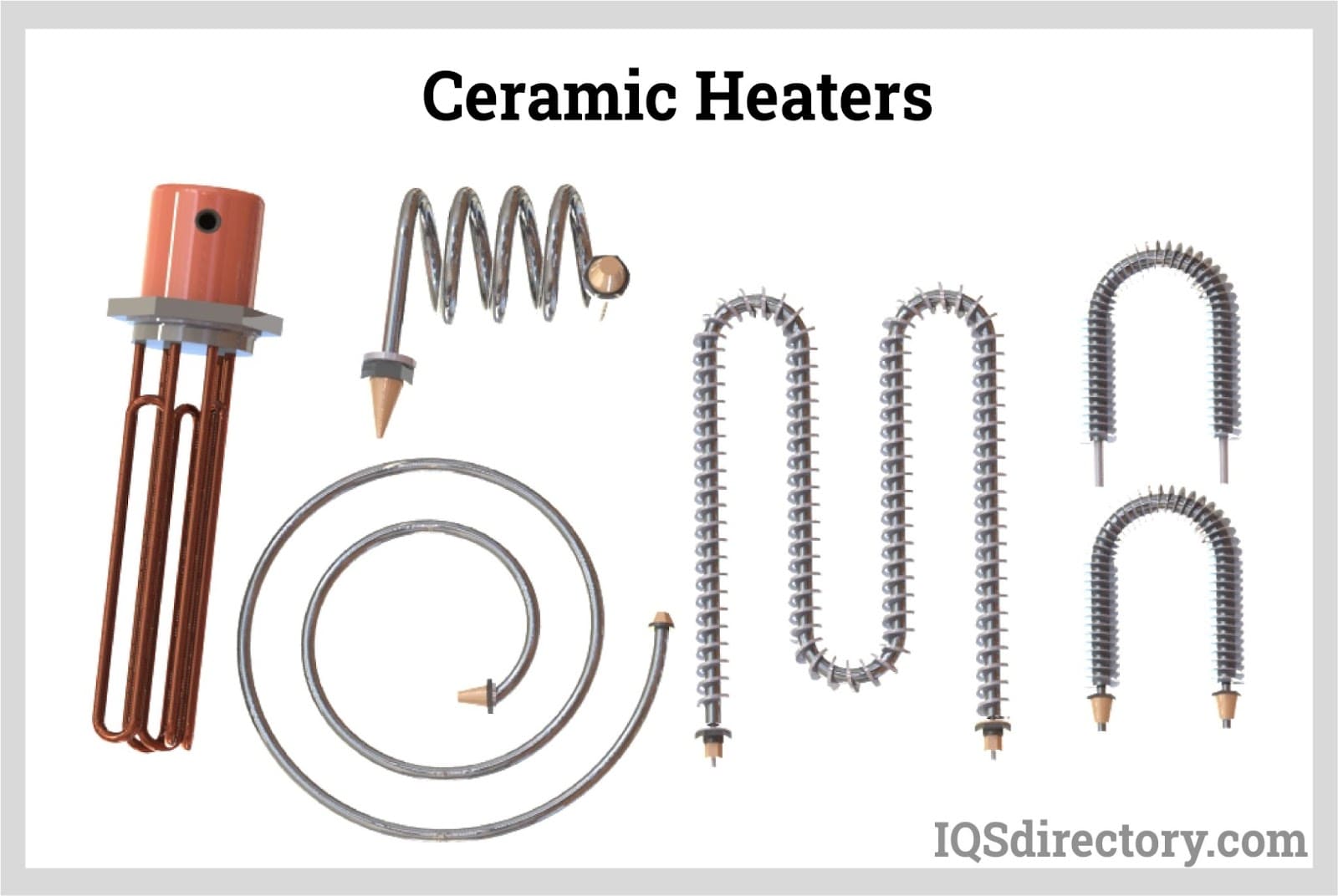The Basic Principles Of 1 Source Portable Air
The Basic Principles Of 1 Source Portable Air
Blog Article
5 Simple Techniques For 1 Source Portable Air
Table of ContentsGetting My 1 Source Portable Air To WorkMore About 1 Source Portable Air1 Source Portable Air Can Be Fun For AnyoneThe 5-Minute Rule for 1 Source Portable Air1 Source Portable Air for Dummies
Running prices are based upon an electrical energy rate of 40c/kWh. The costs for 3 months' usage in winter are based on 500 hours use, or around 6 hours daily for 3 months. Maximum warm outcome is based upon the optimum wattage of the designs we have actually tested (we concentrate on higher wattage heaters).
This depends on what cost you're checking out in advance purchase, or running expense? Customarily, there are trade-offs with either selection. Usually, little follower heaters are less costly to acquire, however can have greater running prices. Oil column heaters will certainly be the least expensive on the market to run (generally) but just by a narrow margin ahead of convection heaters (like panel and micathermic panels).
A Biased View of 1 Source Portable Air
If you have a reversible ceiling fan, it'll help disperse the warmth around the area a lot more equally. A number of pricey heating systems have fallen short to excite our testers, while some cheaper versions make for surprisingly excellent buys.
As the name recommends, they emit heat from a heated heating component (so the family will need to take turns being in front of it). There are flooring and wall-mounted versions readily available. Radiant heating units are fairly economical. They have a cosy radiance and individual warming result, like sitting in front of a fire.
Radiant heaters normally cost in between $20 and $200. Oil-filled column heaters don't in fact melt oil they utilize power to heat the oil that's secured inside their columns or 'fins'.
The Buzz on 1 Source Portable Air
Some column heating units aren't even oil-filled however instead utilize other material or home heating technology to function the very same method - 1 Source Portable Air. The threat of fire with an oil column heating system is low contrasted to other heater types, yet never absolutely no. Oil heaters don't have exposed aspects like glowing heating systems do, and their surface area temperature is less than numerous various other heater kinds (their large area offsets it)
Oil column heating units will not blow up, and while they don't melt their oil to create warm, it's still flammable, so there is a fire threat if the oil leakages, if the heating system topple and leaks, or if combustible objects or textile come right into hop over to these guys get in touch with or fall on the heating unit. You should work out the exact same degree of caution with oil heaters when it comes to various other heating system types, and never ever hang towels or clothes over one to dry them make use of a drying rack instead, at the very least one metre away.
Column heating systems are particularly valuable in spaces where they'll be activated for long periods of time or where they'll run unattended, such as overnight in a bedroom. The surfaces you're most likely to discuss a column heating system do not get as warm as various other kinds of electric heating systems. You can use a ceiling fan on very reduced rate to help the column heater to disperse the warmth faster and much more equally.
Oil-filled column heaters generally cost in between $50 and $450. Convection and panel heating systems draw chilly air over an electric heating component.
Our 1 Source Portable Air PDFs

Convection and panel heating units are more portable than their oil-filled column heating system equivalents due to the fact that they're substantially lighter. this post They'll heat up the air in an area evenly and quickly. Like a column heating unit, you can make use of a ceiling follower on very low rate to distribute the heat much faster and extra evenly. Some models, particularly panel heaters, are somewhat costly to purchase.

The Definitive Guide for 1 Source Portable Air
Follower heating units are typically smaller sized and much more mobile than other electric heaters. They also are available in the form of tower follower heaters, which can be better for dispersing heat around bigger areas as a result of their taller account. They can warm the air in an area a lot more rapidly, uniformly and swiftly than some other heating unit kinds.
They can be rather loud with the fan on full power, though are generally fairly silent at reduced follower speeds. Follower heating systems (ceramic or otherwise) generally price between $60 and $900. Ceramic follower heating systems aren't necessarily any kind of various in price to non-ceramic versions. A fairly recent entrant right into the consumer market, infrared heating systems heat the area like the sunlight heats your face (without the UV rays so no danger of skin cancer). 1 Source Portable Air.
Report this page